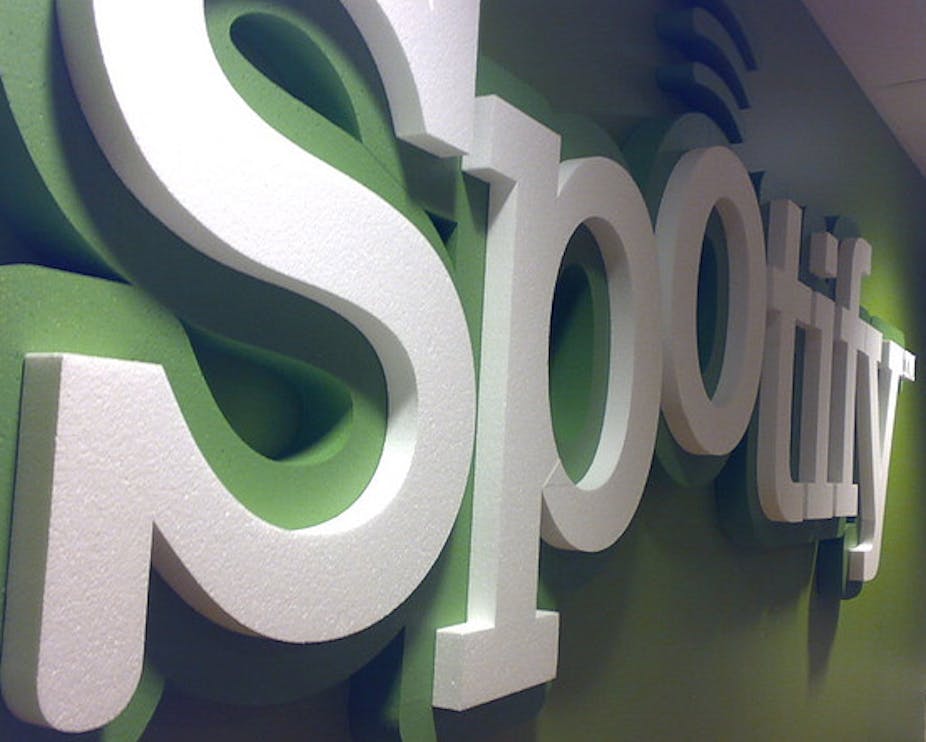The Australian launch of a joint venture campaign between soft drink behemoth Coca Cola with Swedish music streaming service Spotify and Universal Music, represents the new world of advertising.
The “Share a Coke and a Song” campaign will see cans and bottles re-labelled with dates nominated by consumers, from 1938 to the present. By scanning a QR code or visiting a URL on the Coke packaging, customers will be able to stream fifty of the most popular songs from each year, selected from Universal Music’s artists back catalogue.
In April Coca Cola announced it had struck up a global partnership with Spotify, the Swedish music streaming service that gives subscribers who pay with cash, or by listening to ads, access to a huge amount of music from major and independent record labels.
Coca Cola will curate content and music for Spotify members, which according to Coke, “takes advantage of the existing Spotify relationship with Facebook and the Coca-Cola Facebook audience of over 40 million fans to create a social experience that will reach millions of interconnected consumers around the world”.
In the food-marketing industry, the opportunities this sort of tie-in represents, are huge. None of that pesky, “in your face”, disruptive broadcast approach that we all think we have the capacity to resist (we don’t), but a subtle, gentle association with brands that we love and use regularly, and “in moderation” we are told, are not bad for us.
This integration of brands, across all manner of platforms, is the future of advertising. Academics call it integrated marketing communications (IMC). Marketers and advertisers simply call it marketing and advertising.
But what it represents is a paradigm shift away from traditional conceptualisations of marketing, located within mainstream, traditional media, such as TV or newspapers, to a point where promotional messages are so prolific, they become a form of “cultural wallpaper” – it’s there, it has a (subtle) effect, but over time, we stop noticing it.
Whether the brand message is delivered via Spotify, Facebook, the sponsorship of a local sports club, visits from Gatorade ambassadors at your secondary school, gentle (or not so gentle) product placement in Masterchef, or even online games that don’t promote the food product, but promote the brand character (like this one using Freddo Frog), marketing is so much more than advertising; it plays an influential role in shaping our cultural norms and expectations, around all sorts of products, including the food and drinks that we buy and consume.
So, when it comes to food marketing, the number of channels used to deliver marketing messages and the constant exposure to promotional messages for junk food, both reflects and reinforces the power and legitimacy junk food marketing has come to occupy within our society.
As we become more and more culturally conditioned, it is no longer “a lot” of marketing material, it simply becomes the norm.
“So what?” you say, “It’s just food marketing. We don’t have to eat it.” Except that, in reality, the whole resistance thing is tricky enough when we know we’re being exposed to advertising; this “under the radar” approach is so gentle and incremental, that our normal capacity to reflect and evaluate is rendered virtually useless.
The argument that we should simply choose not to choose, is such an unsophisticated and naïve conceptualisation of decision-making, that (without us really noticing) marketers abandoned these traditional techniques more than a decade ago.
While TV programs such as Gruen Planet feed our desire to understand more about the advertising world, in reality, much of the traditional approaches to advertising that are examined on these programs are in their death-throes.
This new terrain is about synergy across a wide range of platforms, from creative broadcasting such as product placement on TV and in film, through to focused narrow casting, such as the Coke/Spotify/Universal joint venture; with the whole being greater than the sum of the parts.
And all of these parts don’t operate in isolation, but build upon one other in such a subtle, complex and dynamic way we can’t see it happening, because we are a part of it.

